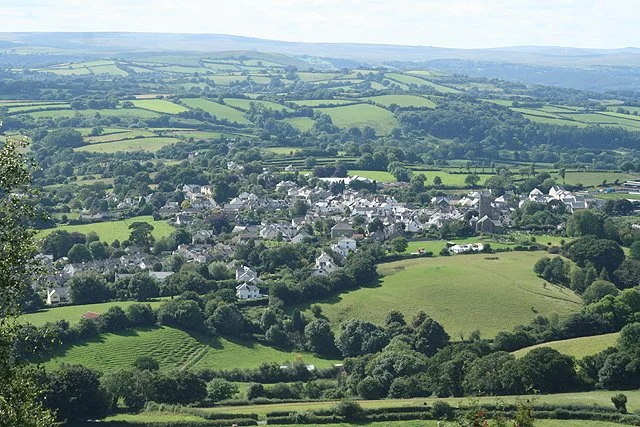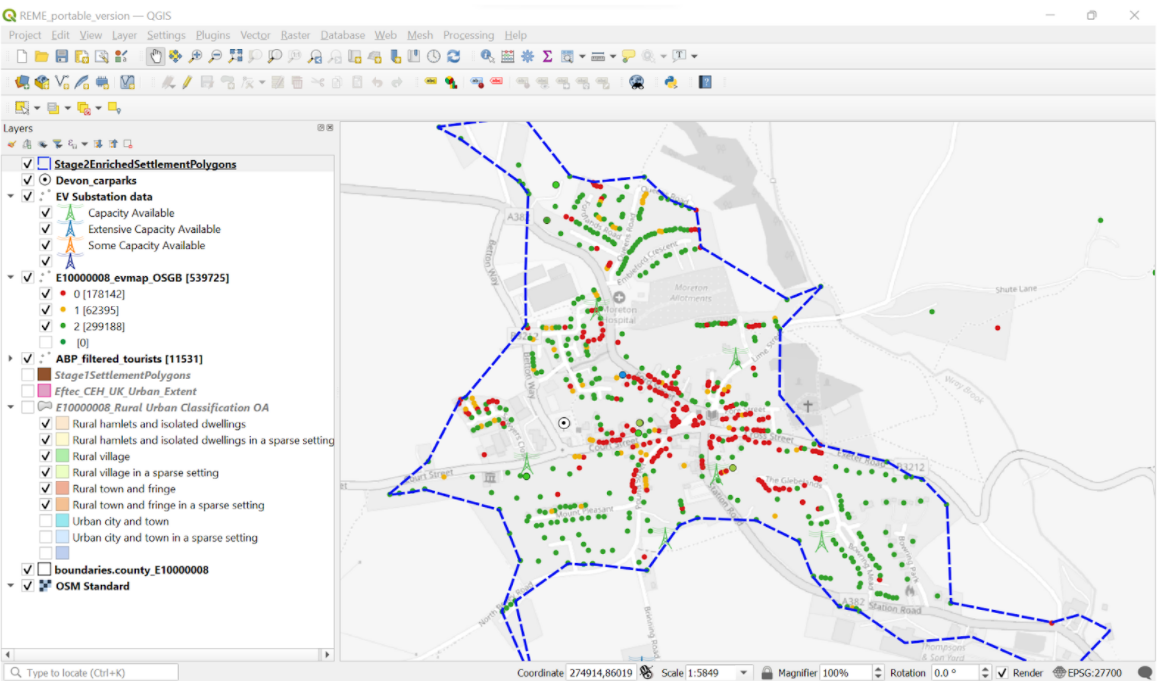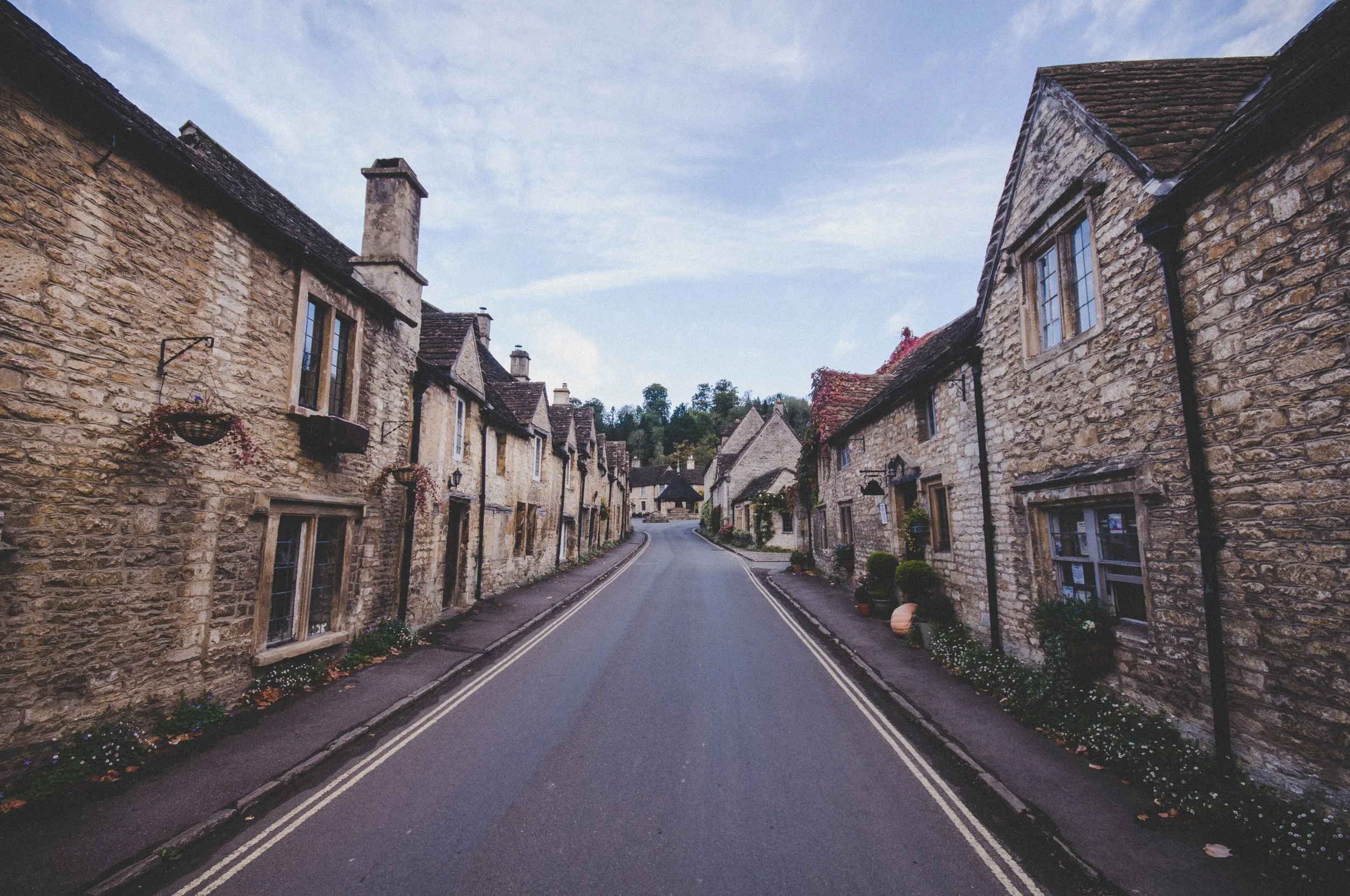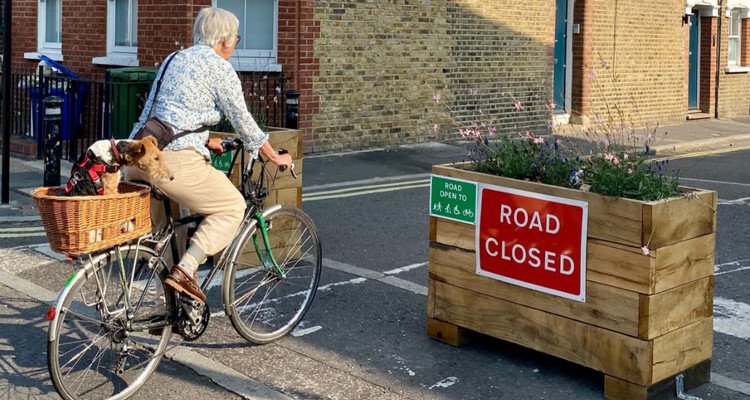It’s been a busy 2021 at DG Cities. We’ve been tackling digital exclusion, decarbonisation, driving the switch to electric vehicles, investigating heat pumps, delivering fleet electrification, digital connectivity and working on the UK’s first major multi-city trial of driverless cars. Alongside this, we have been learning from the DG Cities Research Community how people feel about some of the most pressing issues facing our towns and cities, from smart homes to e-scooters.
At last, we’ve been out and about! After a year of faces in boxes on screens, it’s been great to participate in industry events like Cenex again, meet residents in the communities we’re helping and talk to children in schools about some of the exciting new technologies we get to play work with. Over the last few months, our projects have taken us across the country. We’ve been to all corners of the UK on our D-Risk tour, asking people about their ‘edge case’ driving experiences, while our Rural Electric Mobility Enabler (REME) project took us to Devon to explore ways to grow electric mobility in the countryside. Back in the office, we have been busy analysing our findings, monitoring changes in legislation, planning and transport policy, and examining new innovations to see how they can improve people’s lives.
In 2020, at the end of a year of great change and disruption caused by the Covid-19 pandemic, we made predictions about the year ahead, just as we find ourselves doing as another year draws to a close. However accurate these turn out to be, it’s fair to predict we will be putting our future-casting to the test again next December. For the DG Cities team, reflecting on new urban trends is as festive as a plate of mince pies – and looking to the future now feels more important than ever.
So, were we right?
Recovery
In 2020, we said… “There will be a strong focus on economic recovery from Covid-19 and regeneration in our cities, town centres and high streets, along with greater devolution of powers and finance. We want to see joined-up, city-wide approaches that address the big social, health, environmental and economic challenges.”
With the pandemic still impacting our lives, businesses that rallied during the easing of lockdown once again face a great deal of uncertainty. Covid-19 has also exposed the scale of the health and social challenges cities face – the move to working from home and school closures, for example, showed how vital digital inclusion is if any sort of levelling-up across socioeconomic groups, let alone geographical ones, is to succeed. A holistic, city-level approach is more relevant than ever.
While we are seeing signs of economic recovery, there is not going to be a return to business as usual. The pandemic has simply accelerated some of the changes in behaviour and travel we had predicted. People had become used to towns and cities with ‘peak hours’ – busy roads and transport hubs twice a day, quiet streets between 9-5, sandwich shops and services set up in business parks and city centres to serve office workers. But with the increase in flexible working, these spaces are changing. Local high streets are busier during weekdays, while many companies are downsizing their city-centre offices and rethinking their need for space at all. Sandwich shops have become mobile, taking their products to the suburbs and embracing on-demand delivery services.
With people more reluctant to use crowded transport, there has been a rise in independent micro-mobility, such as e-scooters, e-bikes and cycling. As well as exploring people’s views on e-scooters, one of our projects this year has been developing a tool for planners to anticipate these trends and evaluate emerging options, the Mobility Assessment Framework.
Data
“2020 taught us the value of data. In 2021, we will see the ethical use of citizen data to rethink how people live in and travel around cities – increasingly, we will see how data can empower people and communities.”
While health information and ‘big data’ remains a controversial topic in 2021, we have seen evidence of this trend continue as technology advances and allows for greater integration with the fabric of the city. We have just seen the first ‘smart bus shelters’ introduced in London, which record data on noise, footfall and air pollution. And this year, we incorporated live data in our own mobility project – for the Greenwich phase of the driverless car trial, Project Endeavour, we built a stand with real-time maps and data to help people see how the service was operating.
Neighbourhoods
“We expect the changes accelerated by the pandemic, such as the rise in hybrid working, to popularise the idea of the 15-minute city – the neighbourhoods where everything you need can be reached within 15 minutes by foot, bike or public transport.”
It’s true that with changing working patterns, travel and social restrictions, people have spent more time in the areas where they live. This has made the idea of the 15-minute city more relevant than ever. A few years ago, we published a whitepaper on the move to polycentric city development - the movement away from a radial focus on the city centre, to multiple local urban ‘villages’ - as part of Project Gateway. The trend looks set to be the widely-adopted model for sustainable urban planning, yet despite the ideal of a place where people can easily walk, cycle or take public transport, right now, people are using their cars more than ever.
Technology is also altering the way we access local services – with a few taps on your phone, you can have the pint of milk you might previously have picked up on your way home from work dropped at your door. Online shopping has increased significantly since the start of the pandemic. Not just supermarket orders, clothes and goods, but takeaways and new service offerings from local businesses. As a result, we have seen a huge growth in deliveries of all kinds. Veg box deliveries, for example, saw sales more than double since the start of the pandemic - in April 2020, 82% of suppliers had waiting lists. Now, we need to think about consolidating these at a micro and macro level to manage multiple drop-offs to any single area. How might we use technology to harness the decarbonisation potential of this consumer trend in 2022?
Work
“Whilst some of us might shift back to the commute post pandemic, we have all taken stock and reconsidered what our new working balance might be. Work will look very different in 2021.”
The pandemic has accelerated and widened a trend for flexible and remote working that was already being adopted by managerial and highly skilled workers - it has shown that more people can benefit from the advantages of working in this way. As a result, cities need to adapt to less standardised patterns of behaviour and more diverse, localised planning - for many, the ‘workplace’ is no longer a physical space. As people have embraced working from home, it has raised new issues: how do we make sure individuals don’t feel isolated? What about childcare support in these new work settings?
Our hopes that the pandemic would be almost over by this point were optimistic, but at DG Cities, we keep learning and finding new ways of collaborating. If one word describes how our team has been working this year, it’s also ‘flexibly’. As well as moving into our shiny (literally, it’s clad in aluminium) new office in the Design District in North Greenwich, this year has given us more opportunities to meet up. Our team is still hybrid, balancing remote and office-based activities according to the project, and as guidance allows – but we are fluent in virtual systems, with our work accessible from anywhere, so it’s easy to switch between the two. To keep in touch, we bookend the week with a Monday morning briefing and Friday virtual coffee. And we have a Slack channel for the watercooler chat, so we don’t miss anyone’s new dog/DIY project/tea towel!


























